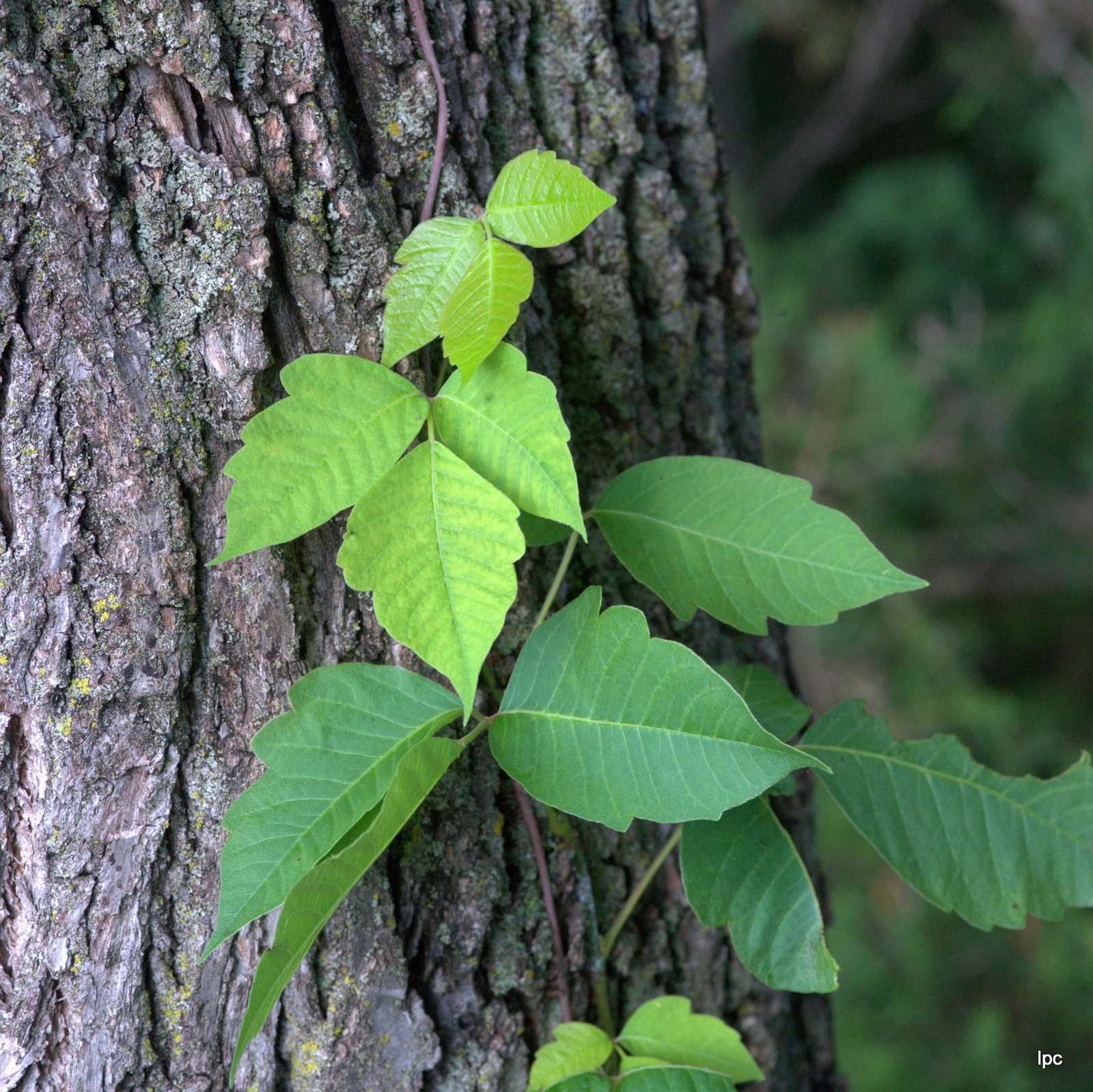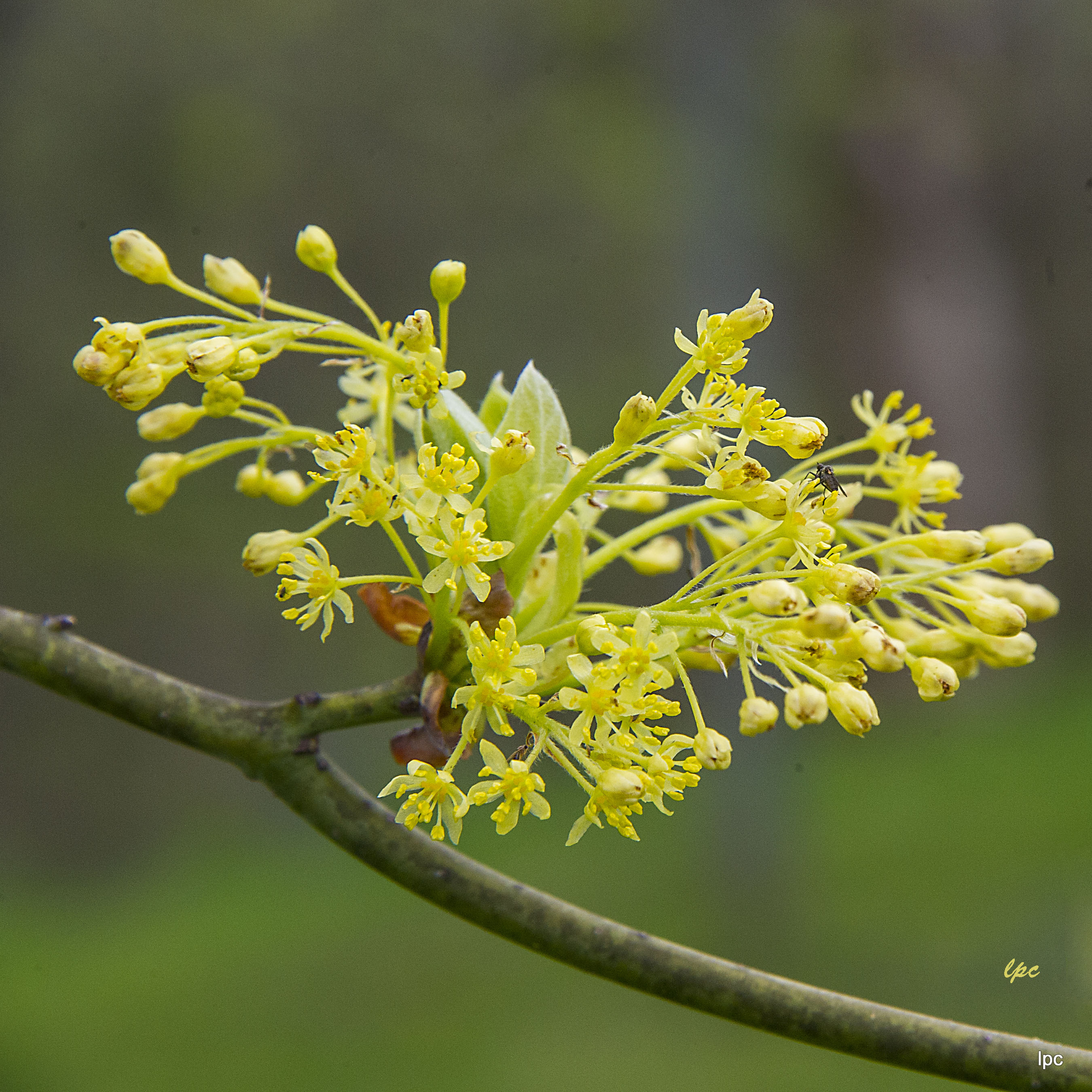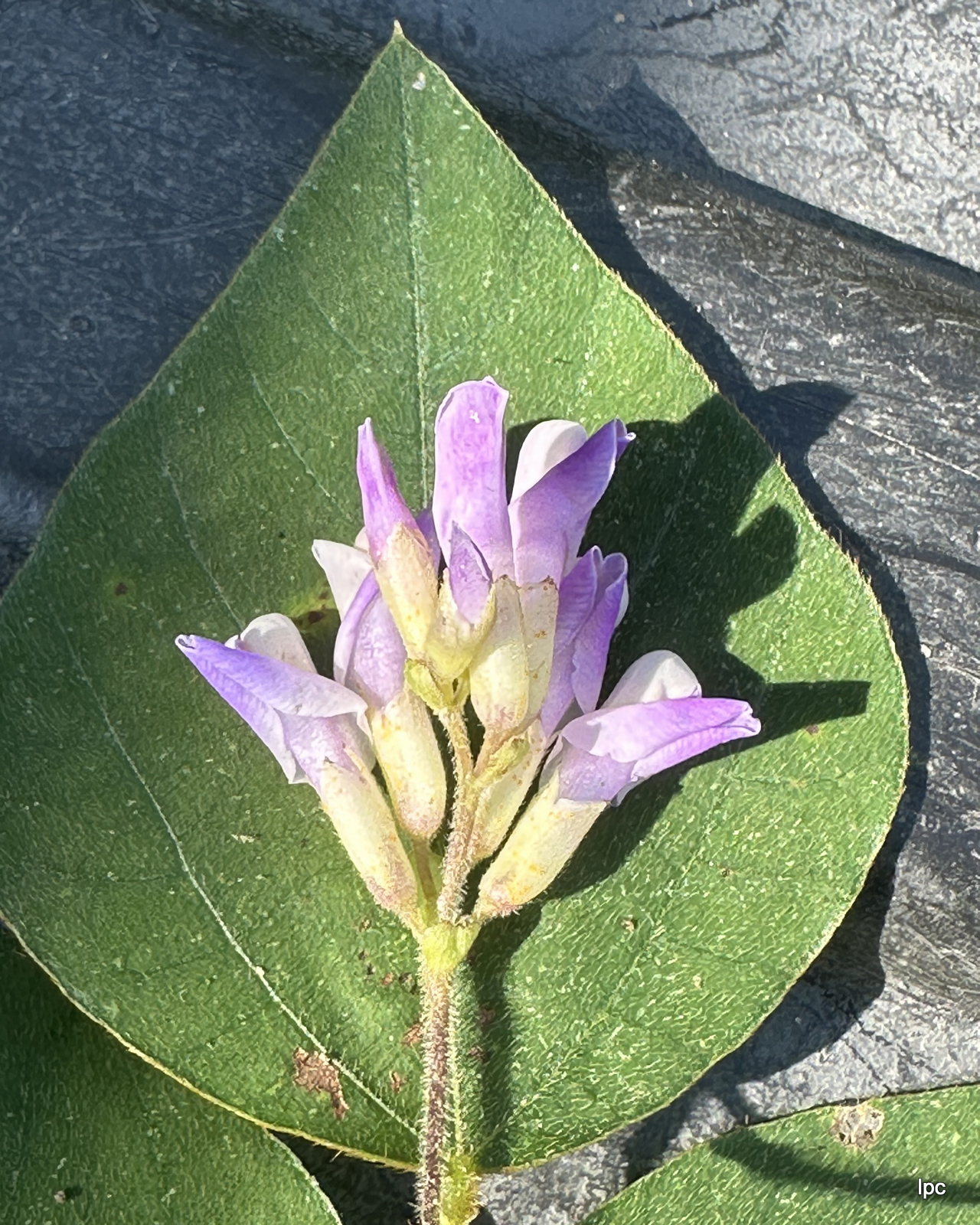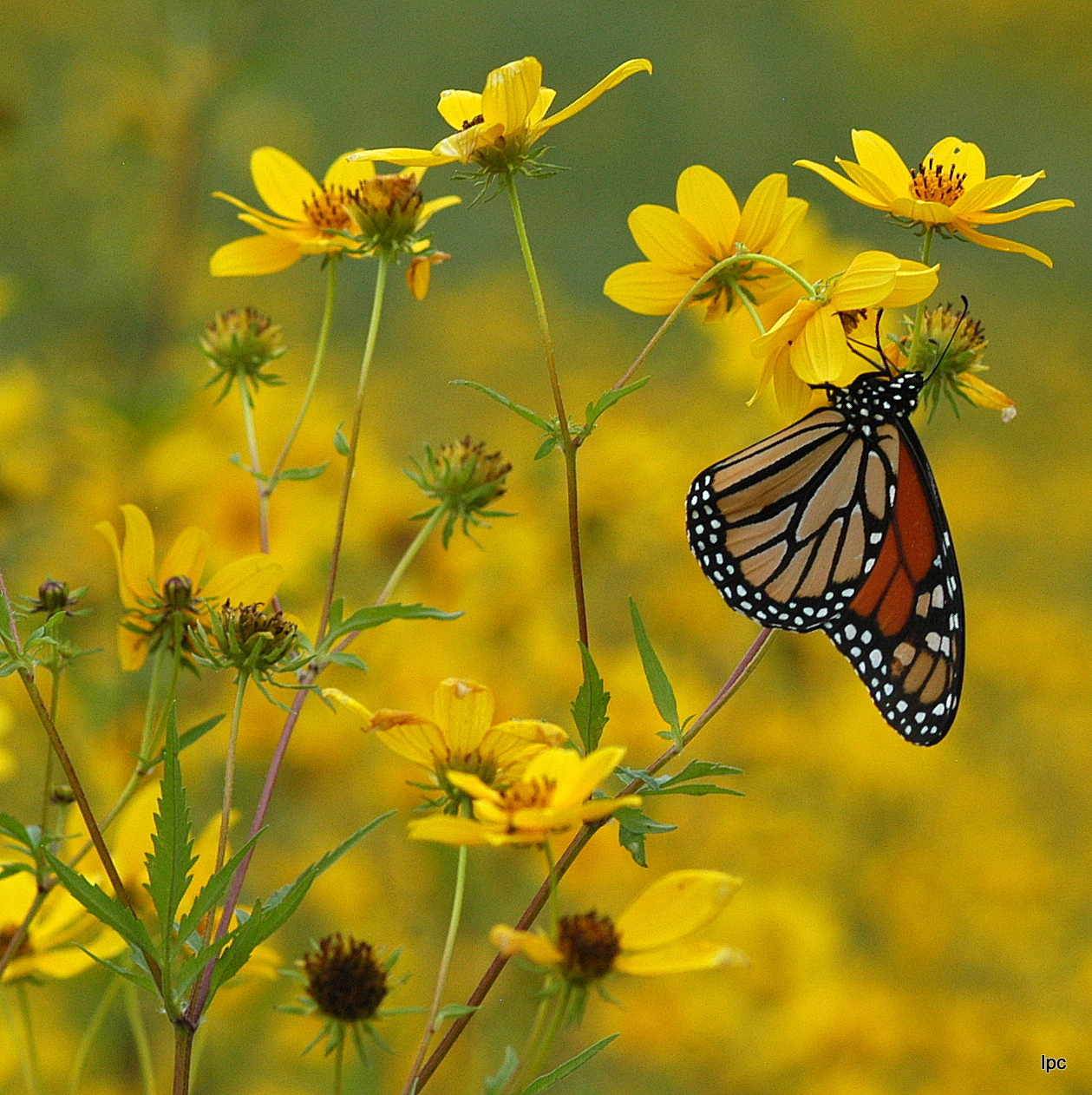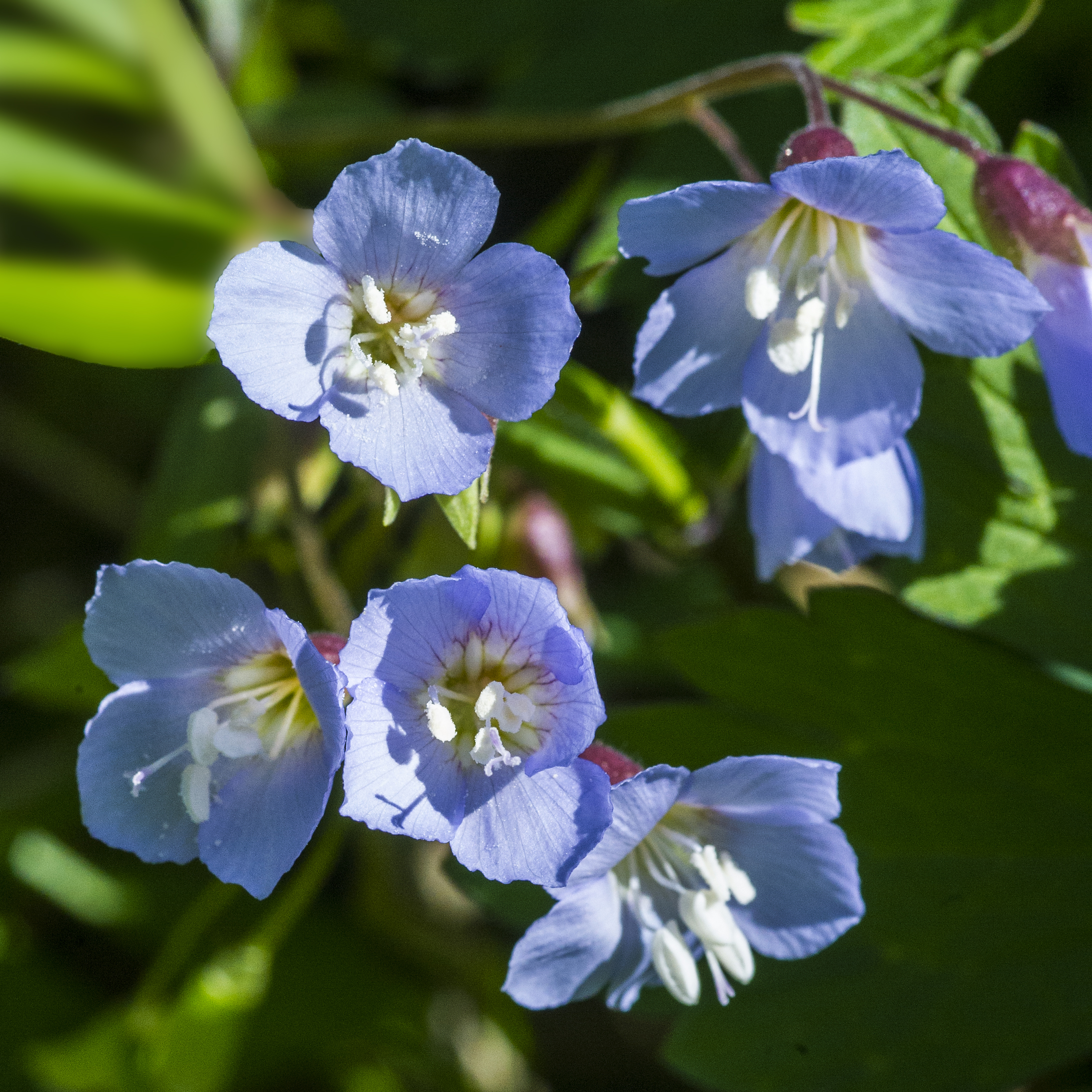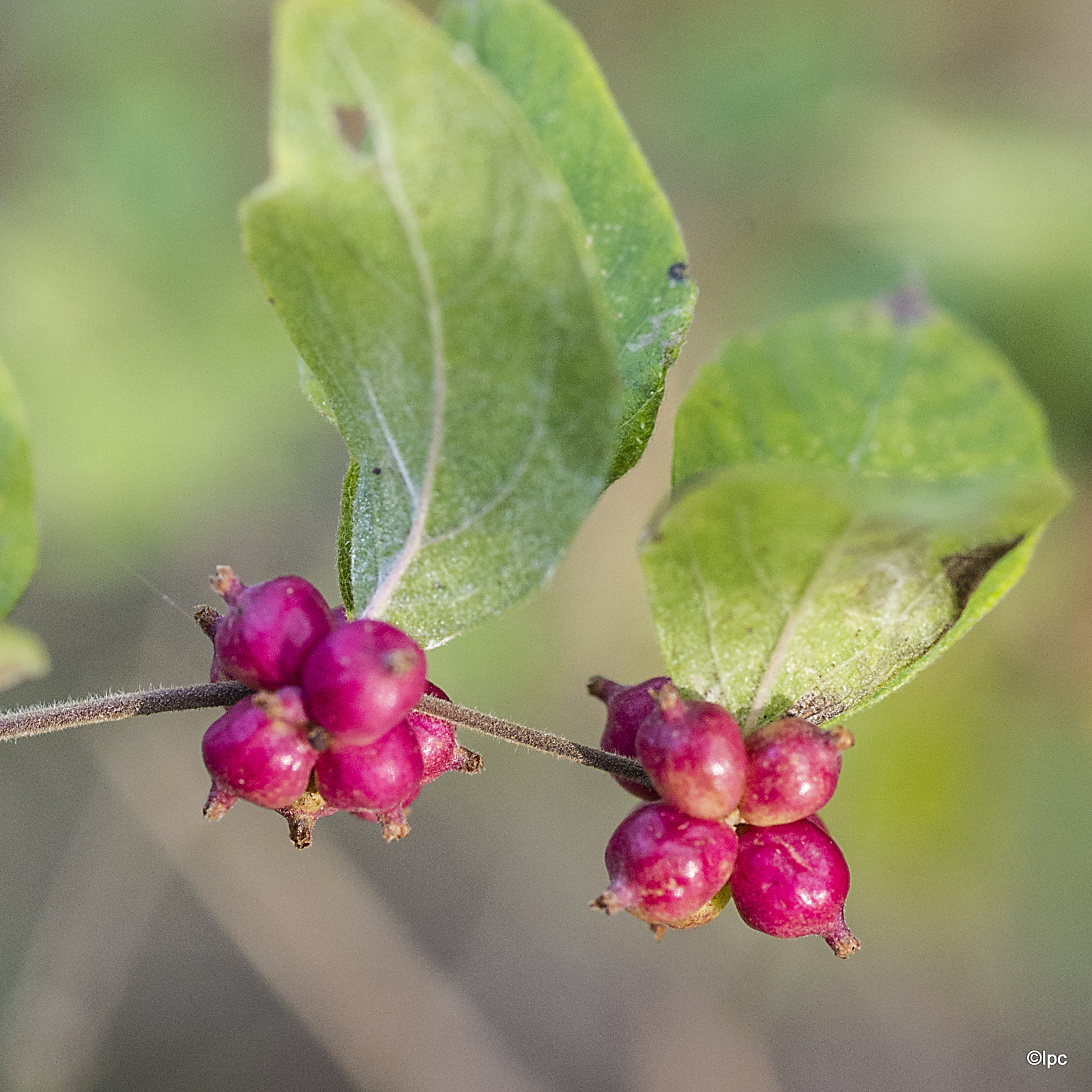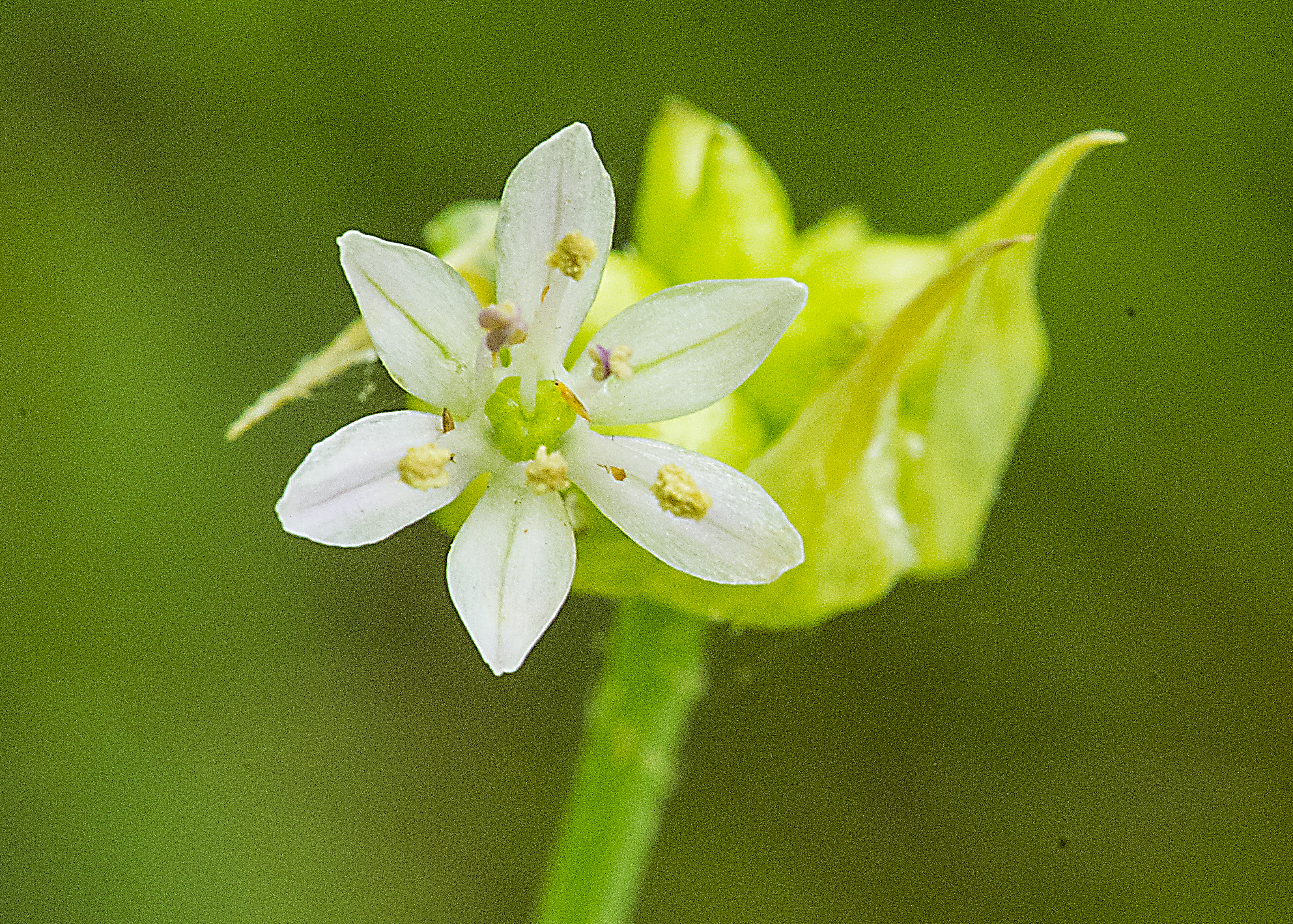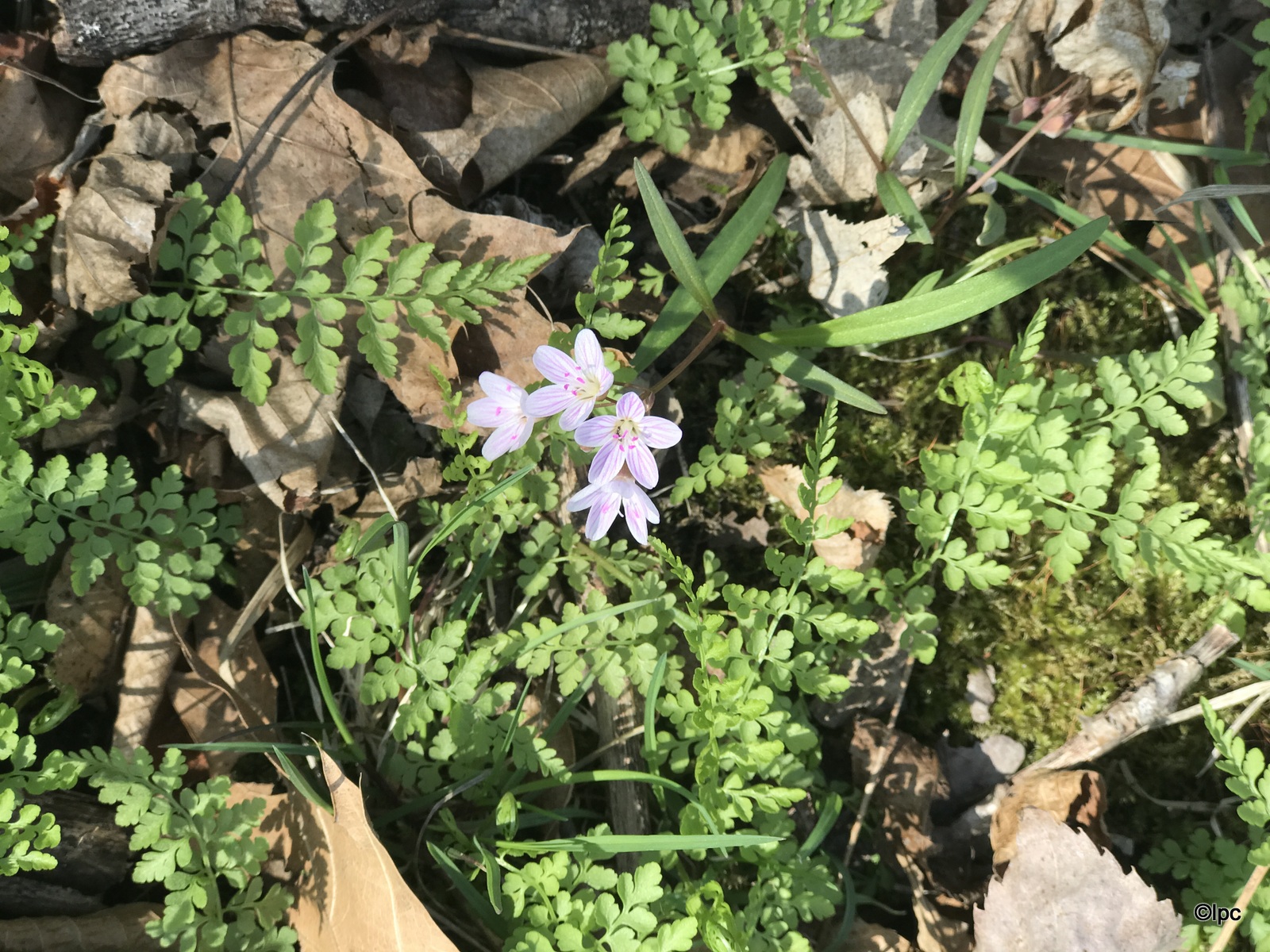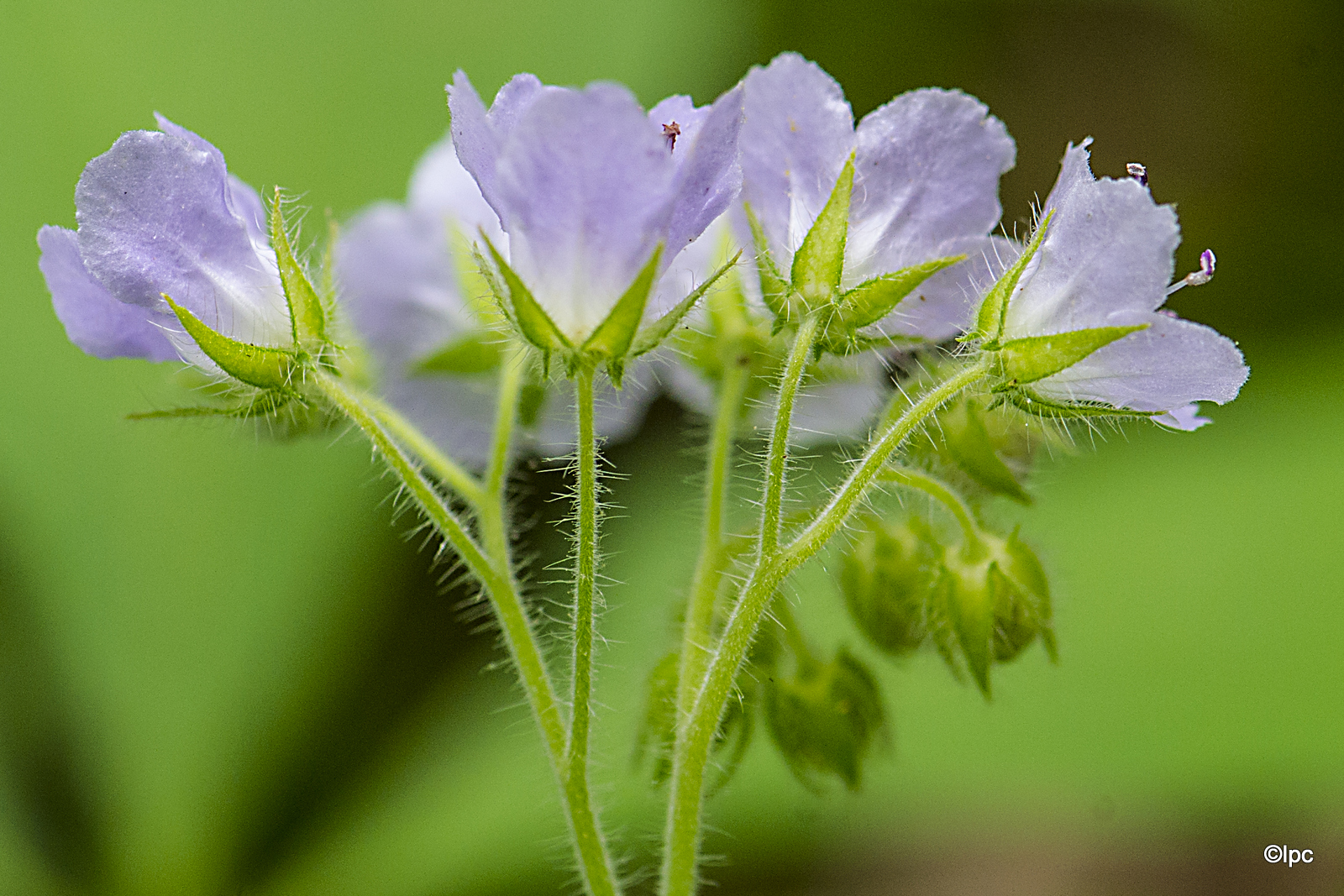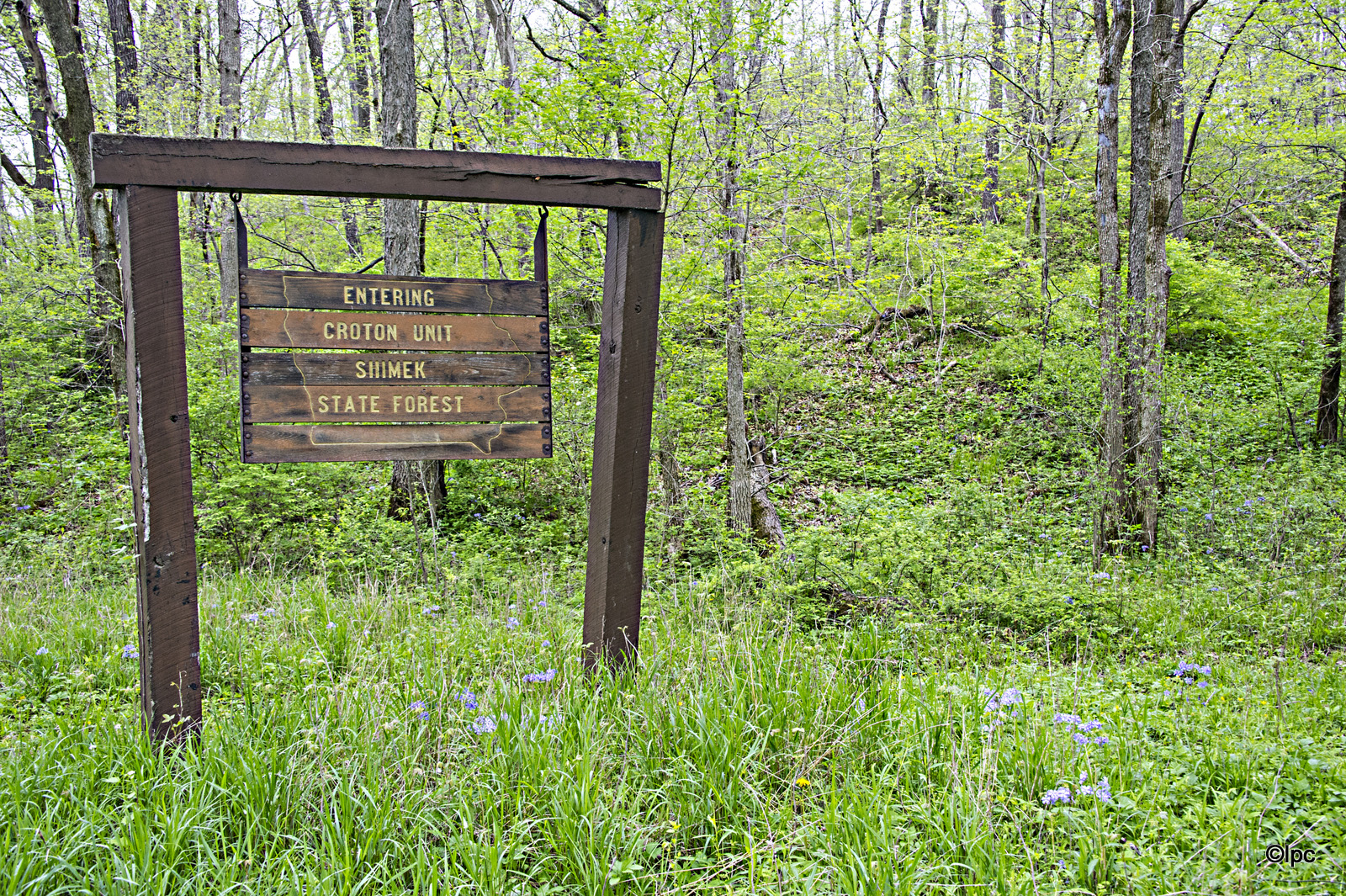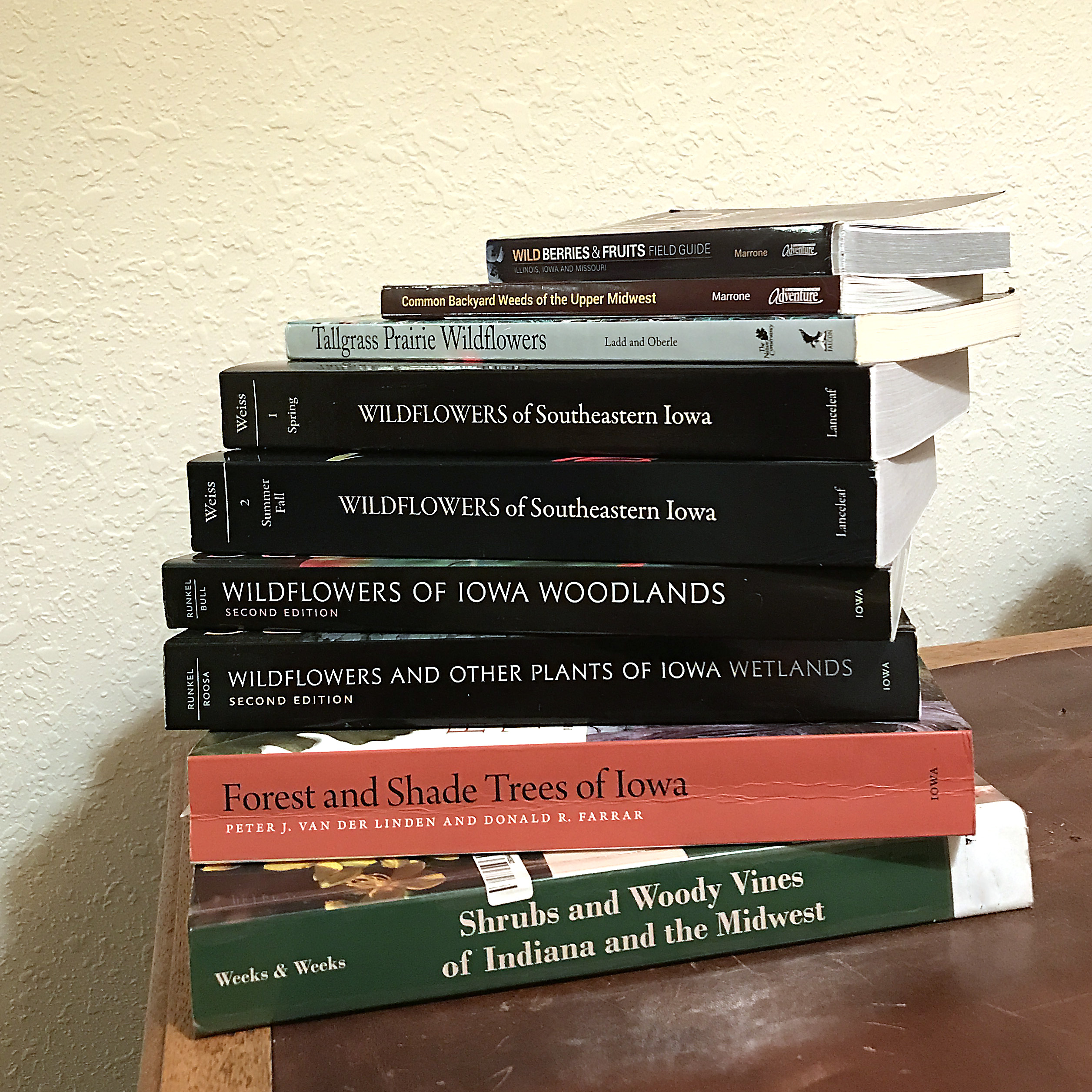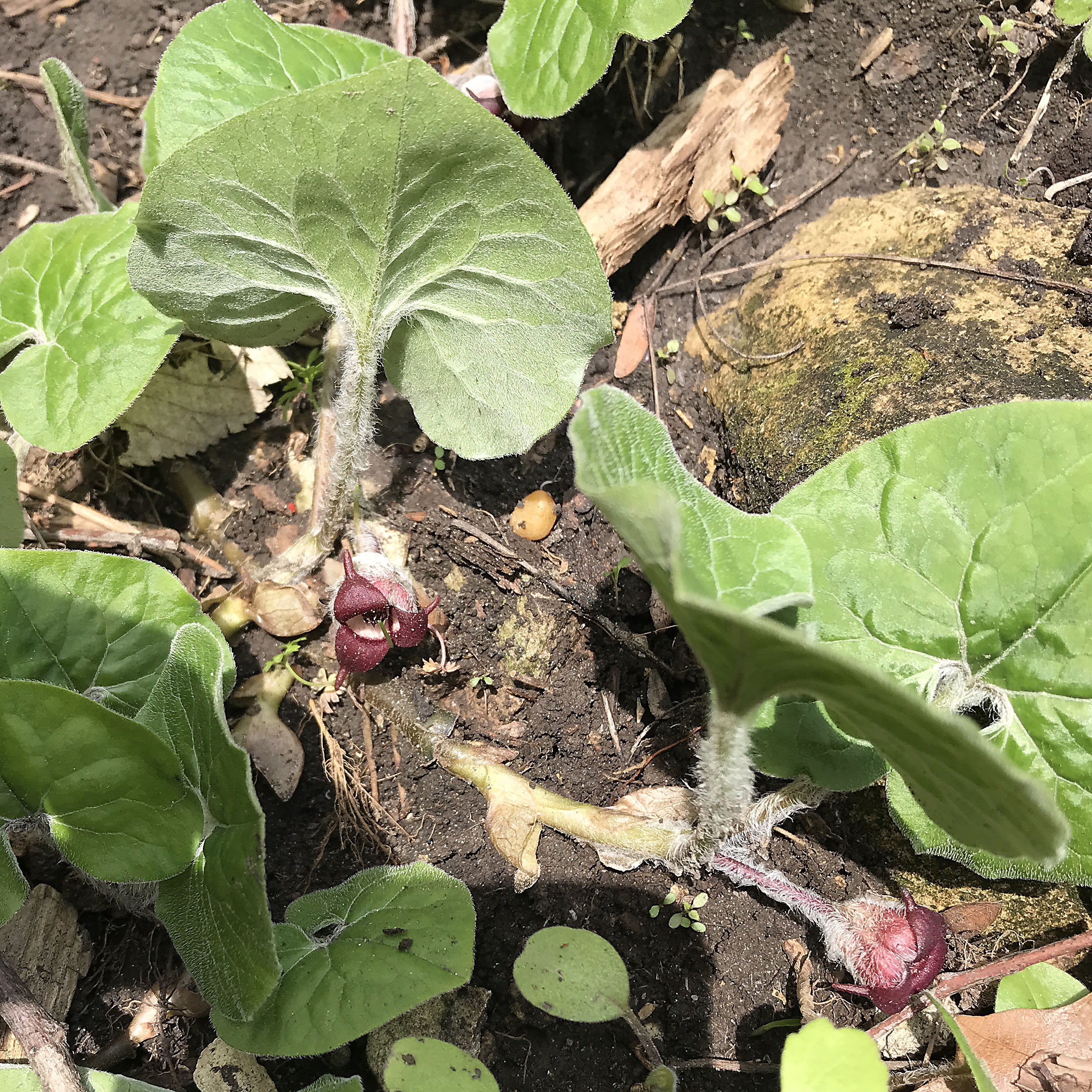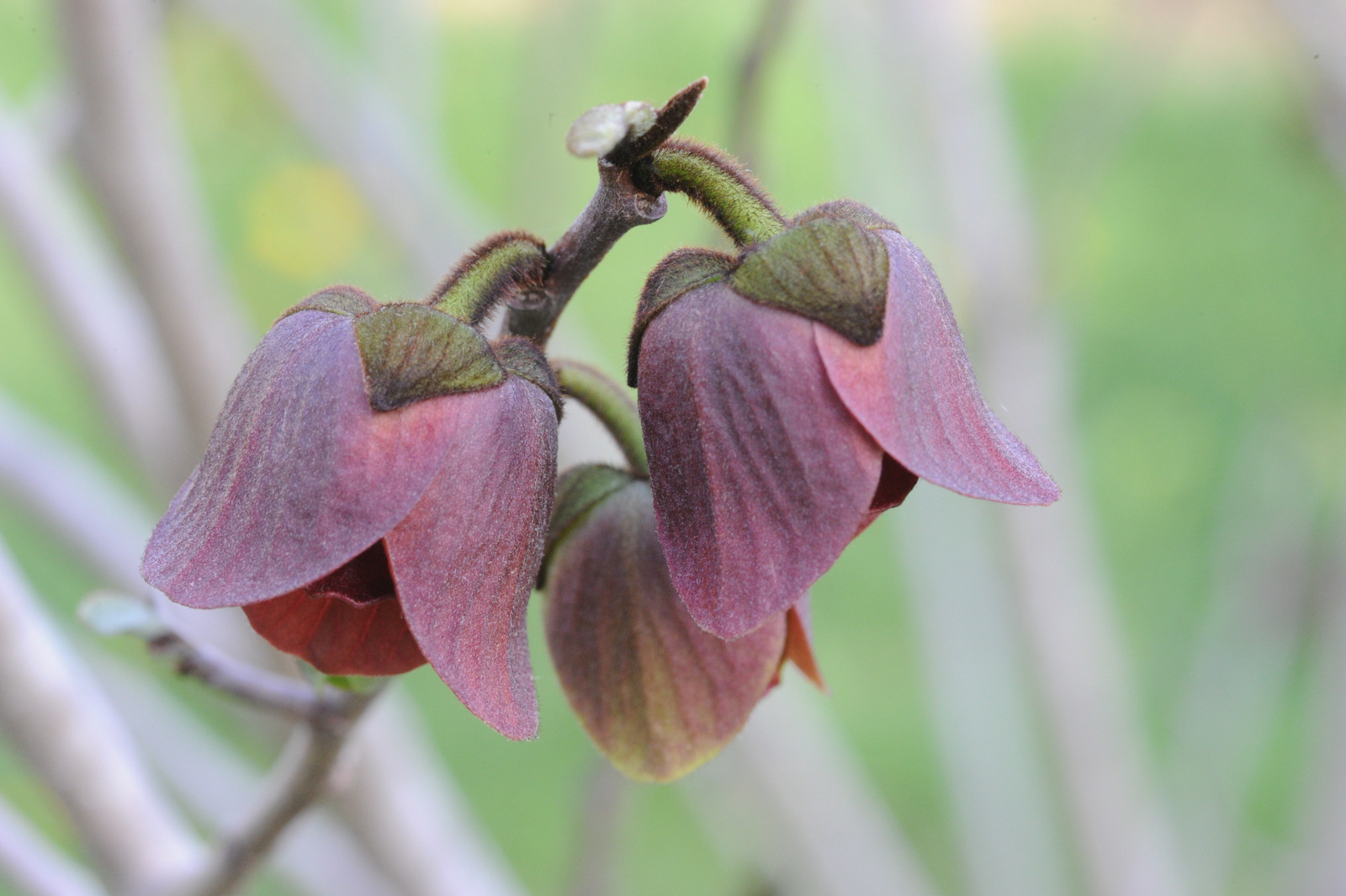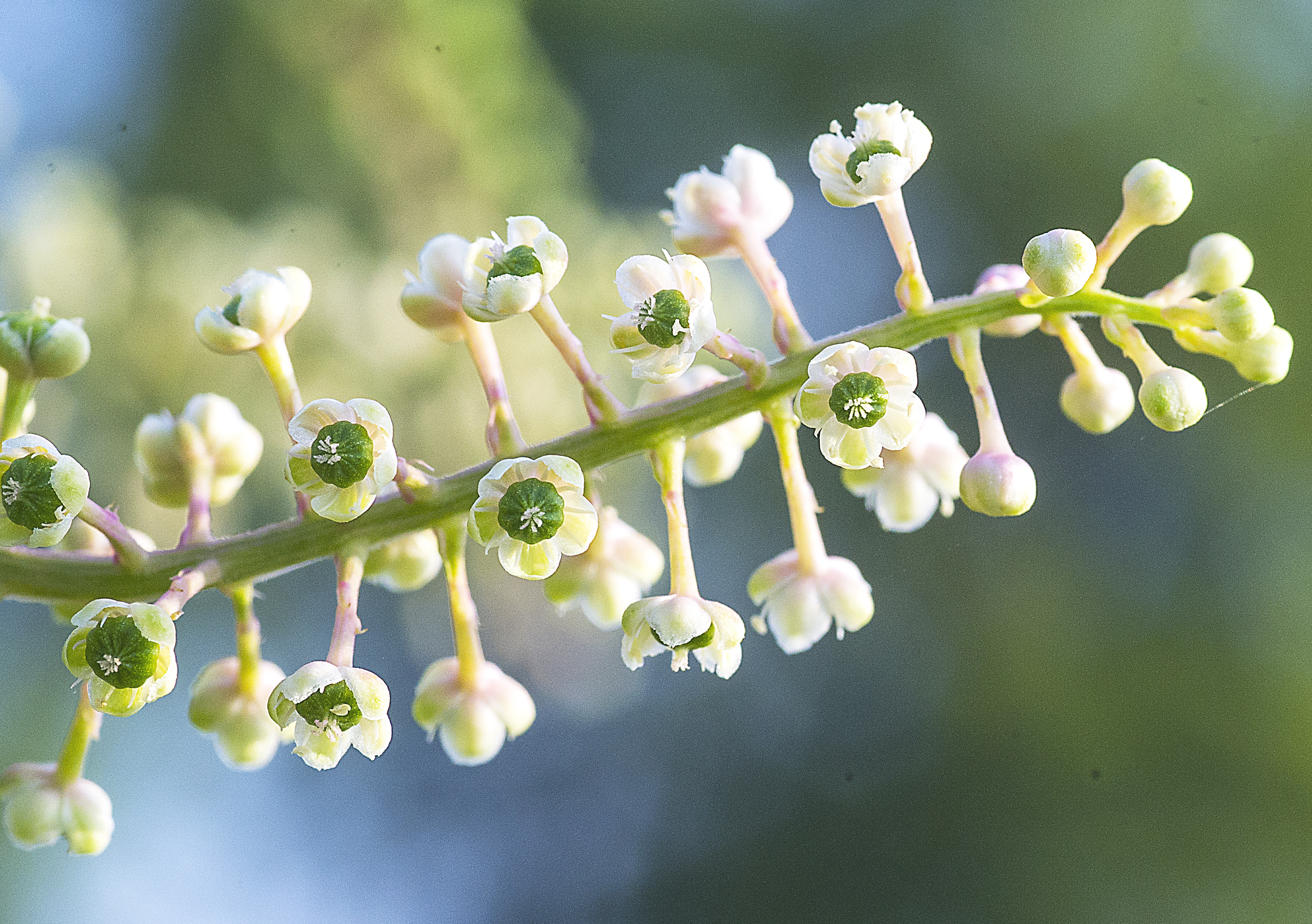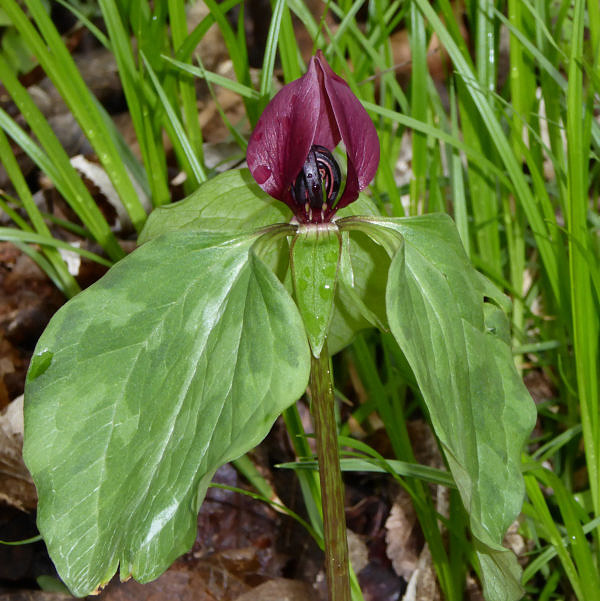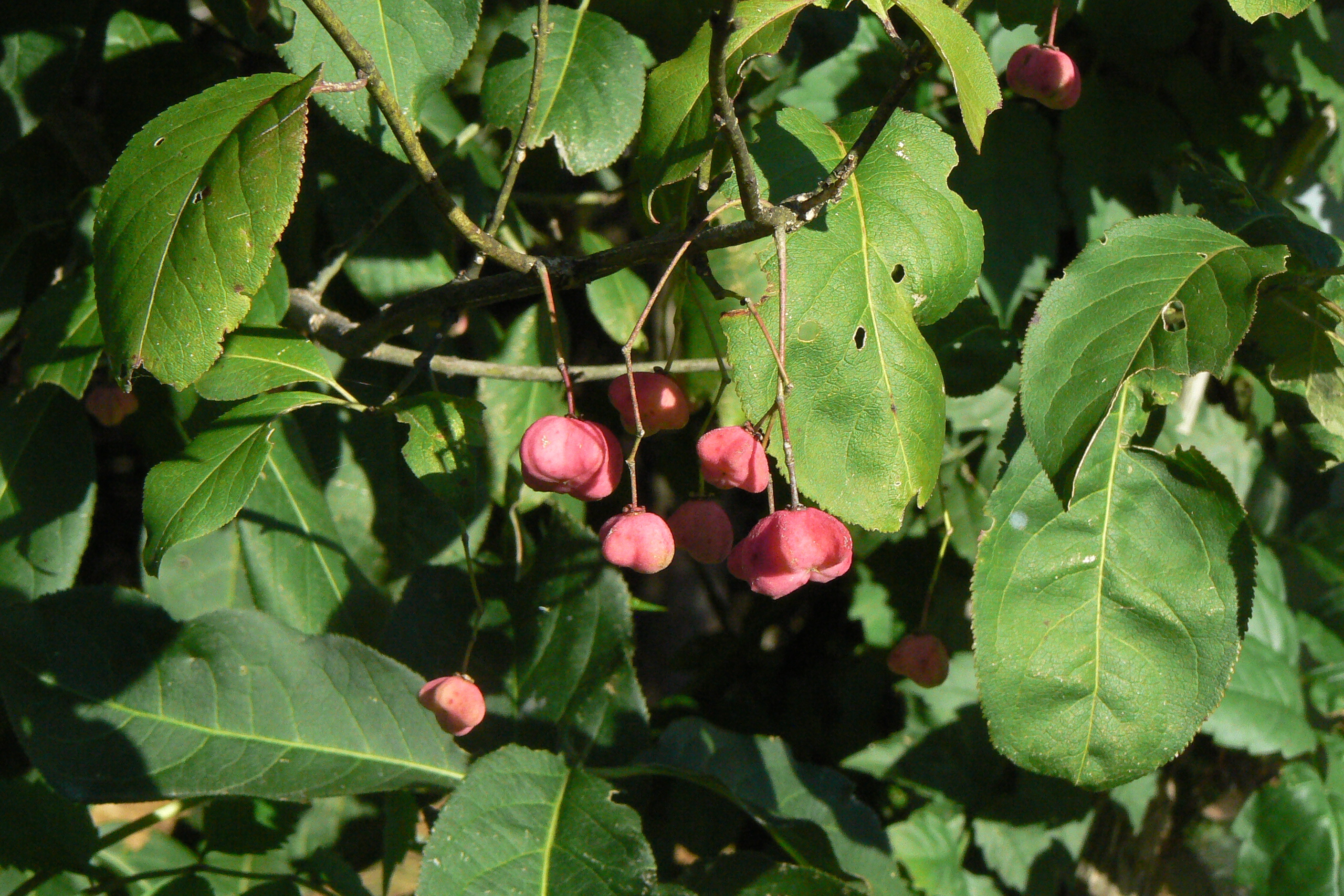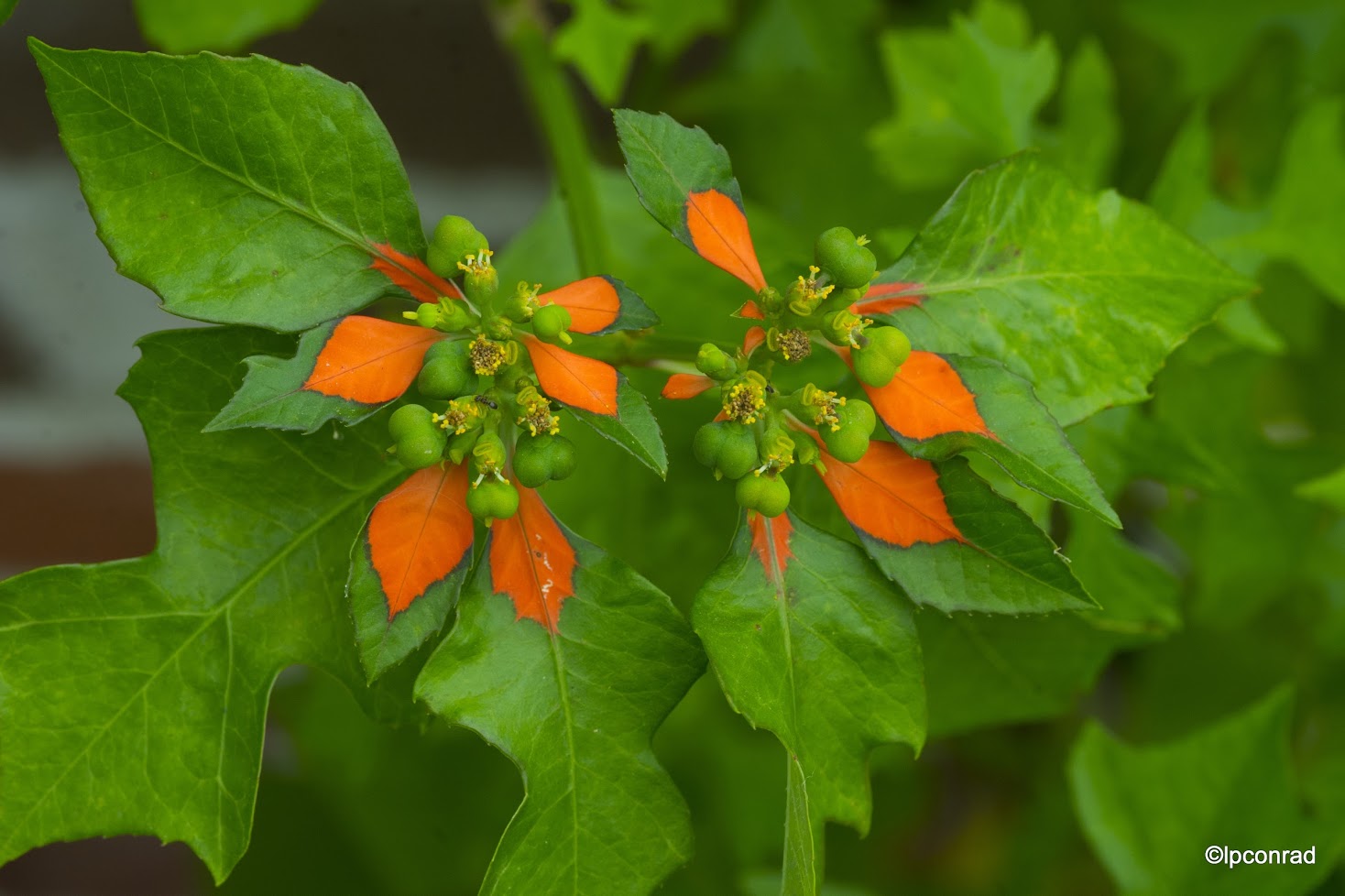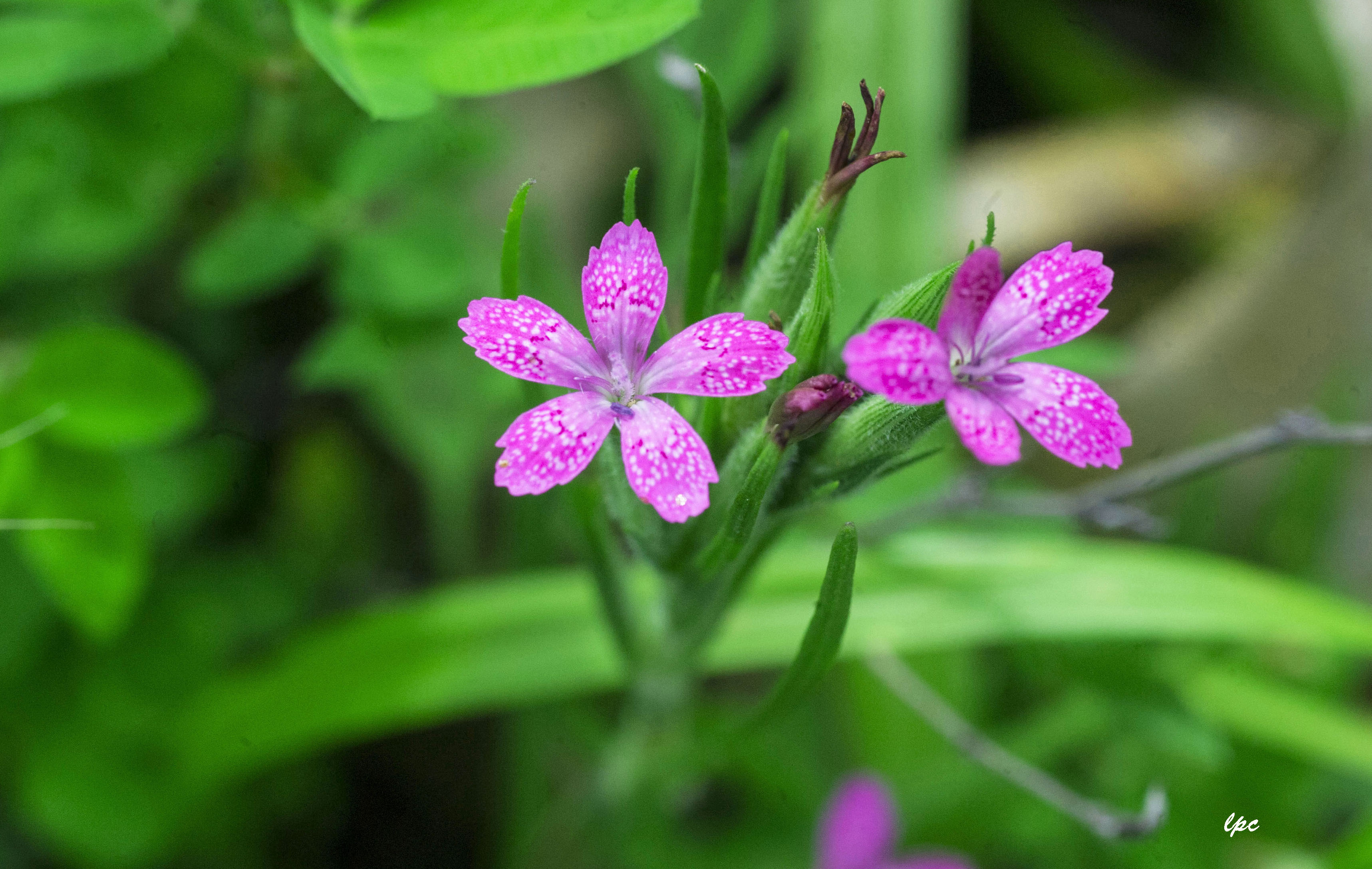Lora Conrad lives on a small farm in Van Buren County.
Poison Ivy (Toxicodendron radicans) is a plant anyone in Iowa should learn to identify. Most of us have heard stories about it, seen it (or thought we did), and many have experienced it.
Poison ivy is also the topic of many folk sayings—some helpful, some not, some just confusing. This article will help you learn how to identify this plant, what its effects are, and which of those many sayings are accurate.
HOW TO IDENTIFY POISON IVY
The genus Toxicodendron includes Poison Ivy—both Eastern (Toxicodendron radicans) and Western (T. rydbergii), as well as Poison Oak and Poison Sumac. Poison Ivy was originally placed in the genus Rhus (the Sumacs) but by the 1930s, botanists began separating the irritating plants from the other Sumacs. They were assigned to the genus Toxicodendron which is Greek for “poison tree.” Both species of Poison Ivy occur in Iowa. T. radicans is the familiar trailing or climbing vine that is called Eastern Poison Ivy. It is widespread throughout Iowa. You can see why it is called a poison tree:
Continue Reading...
